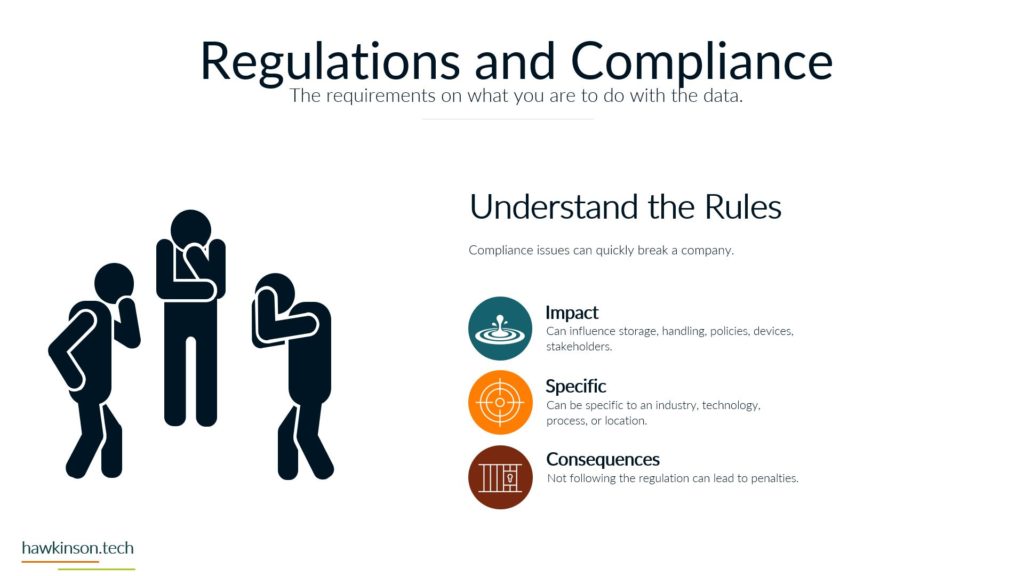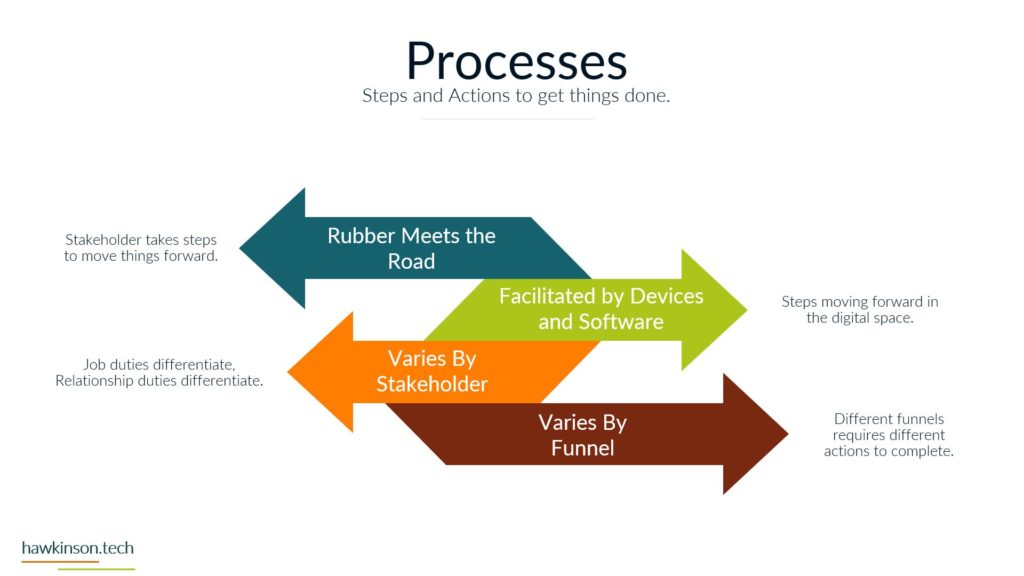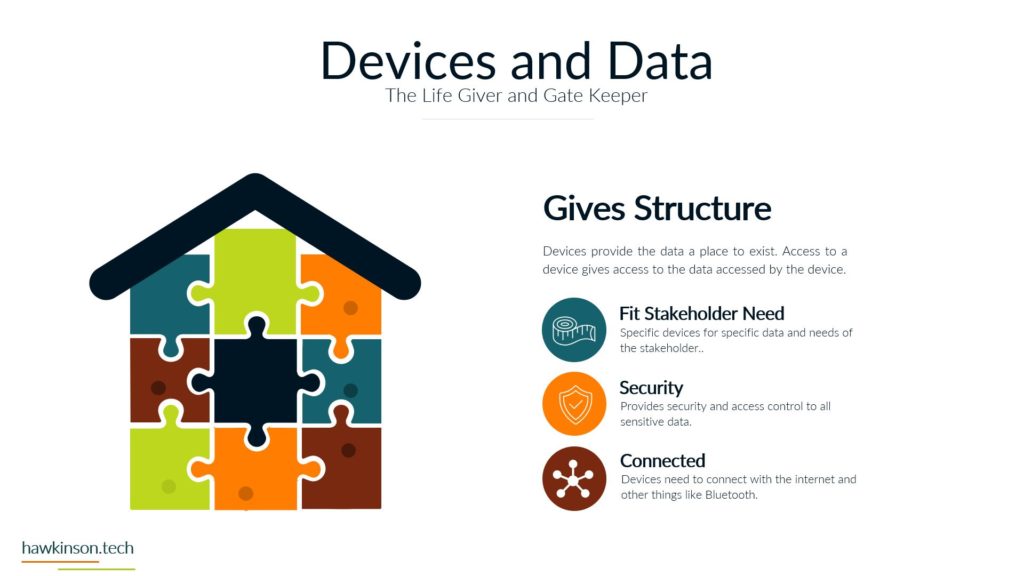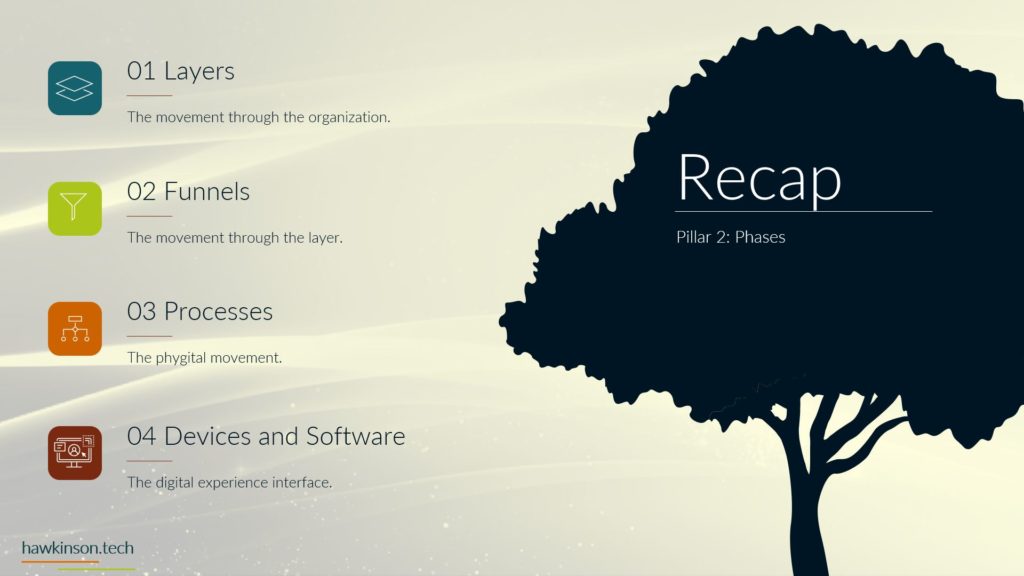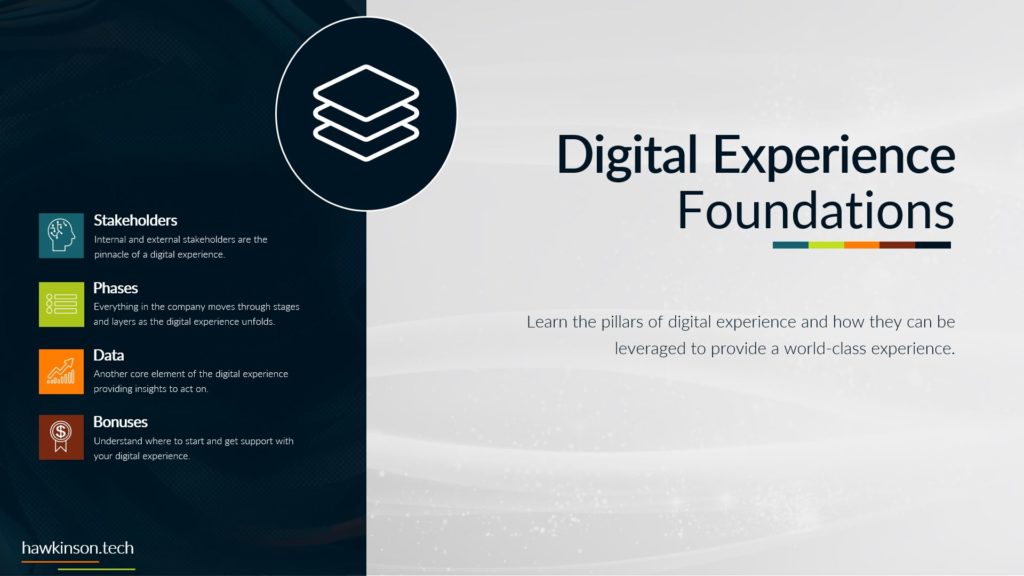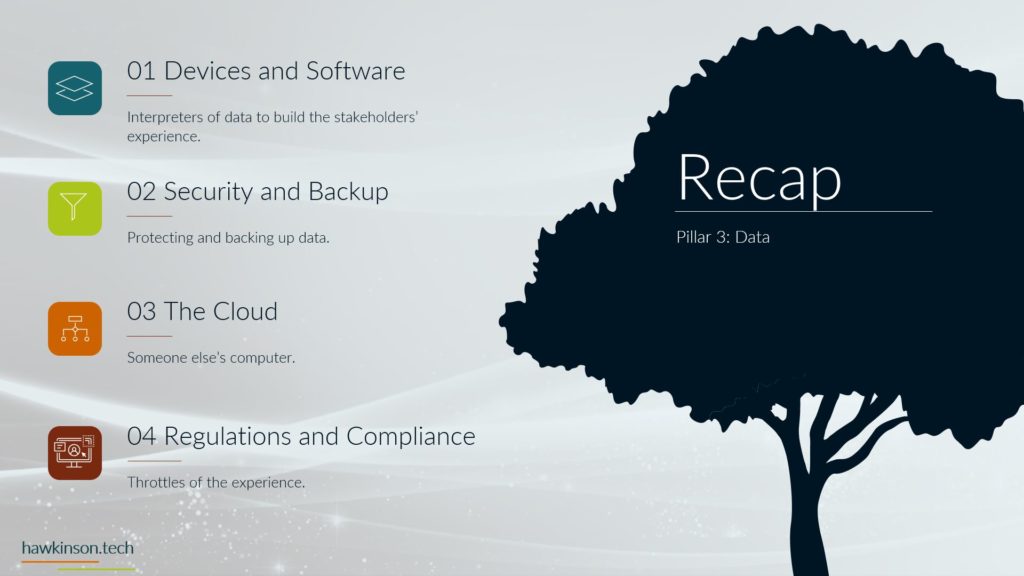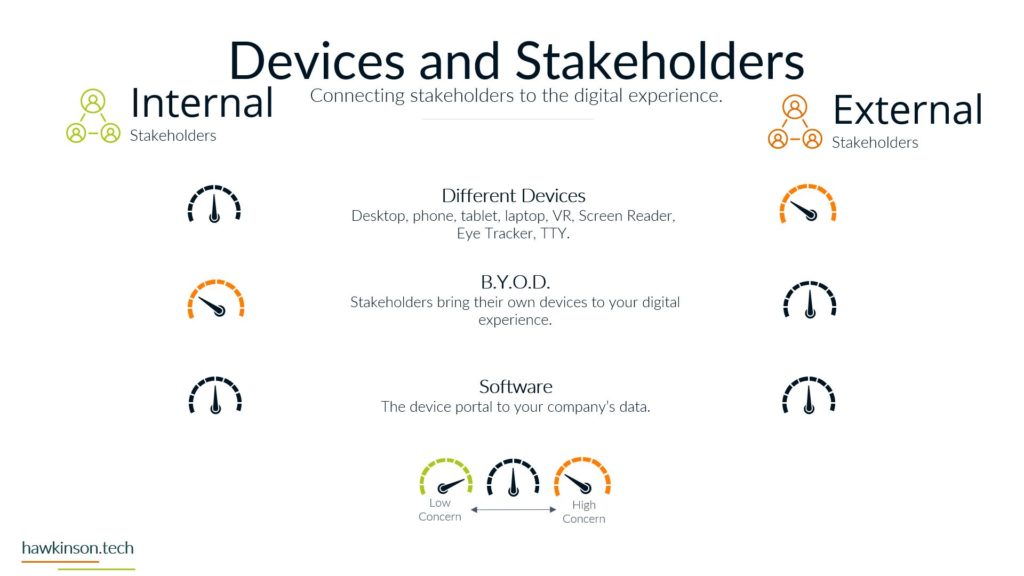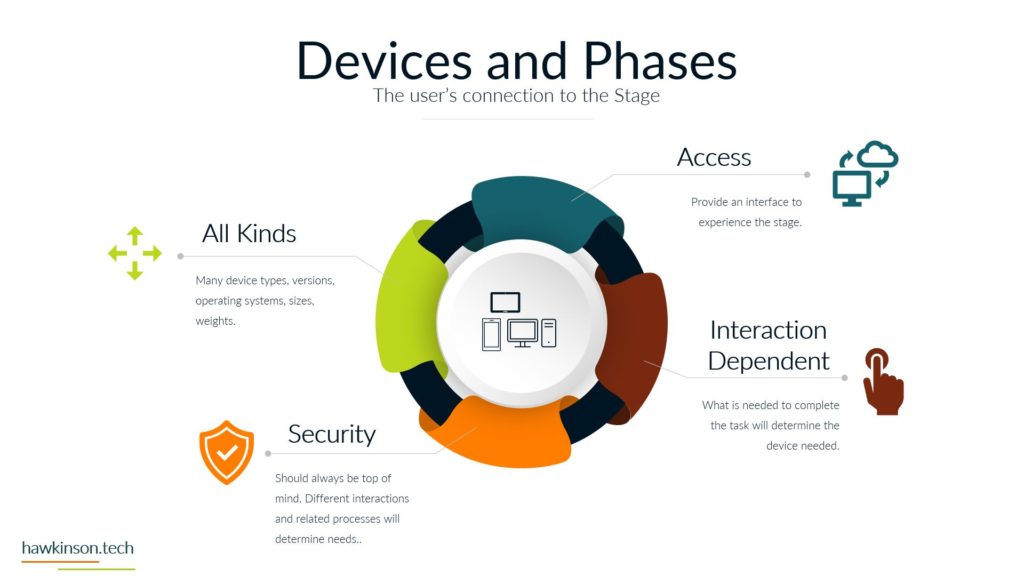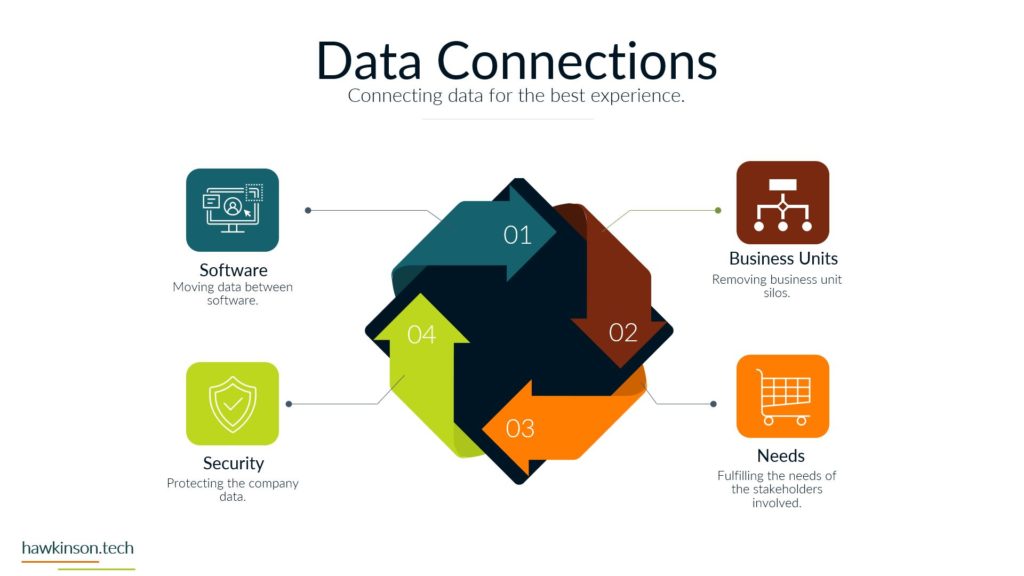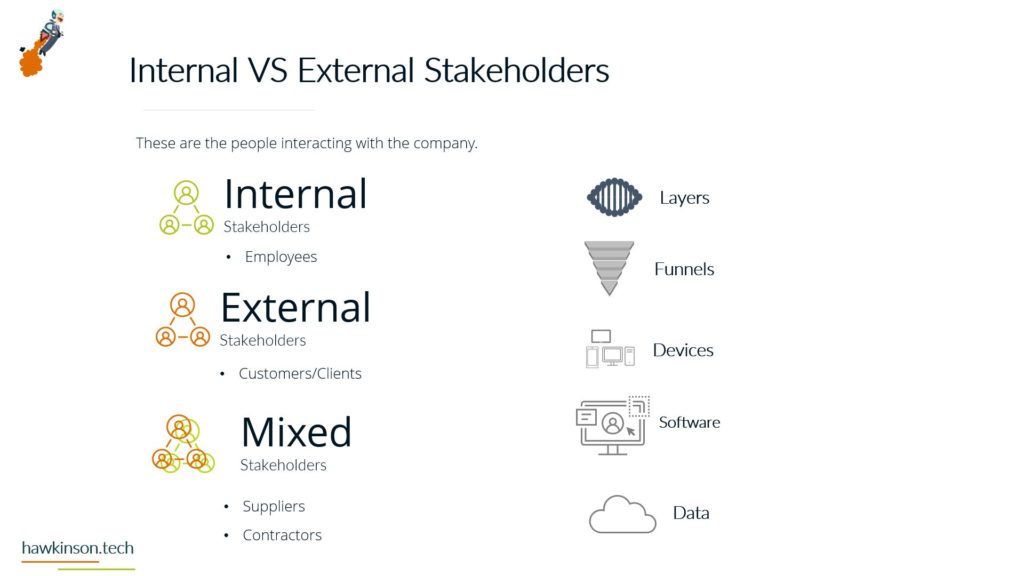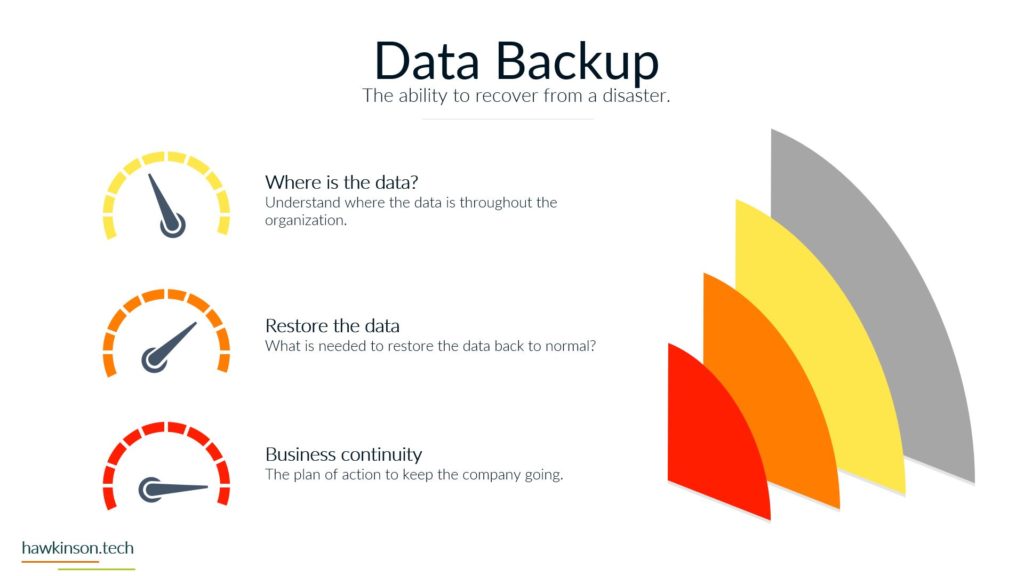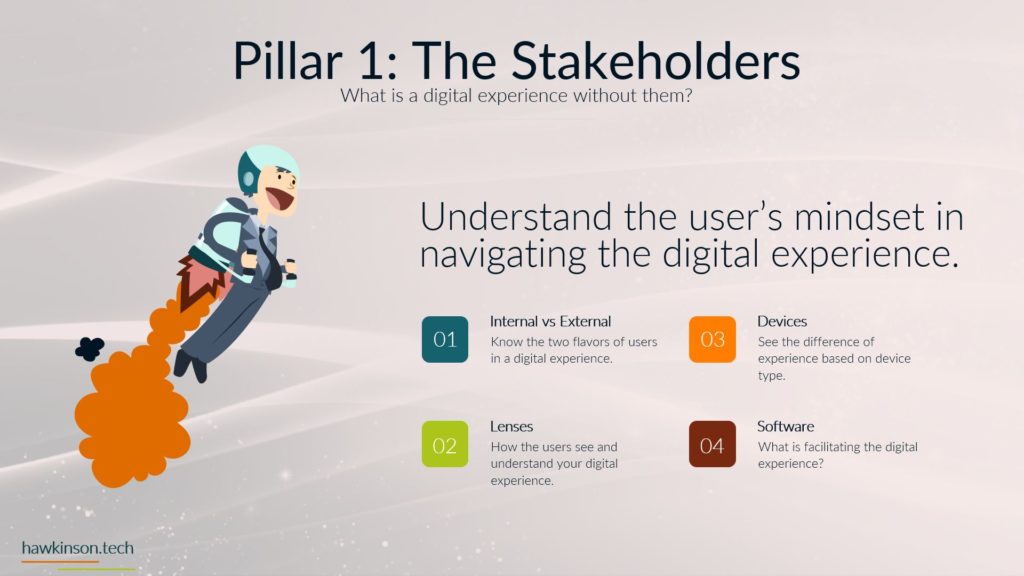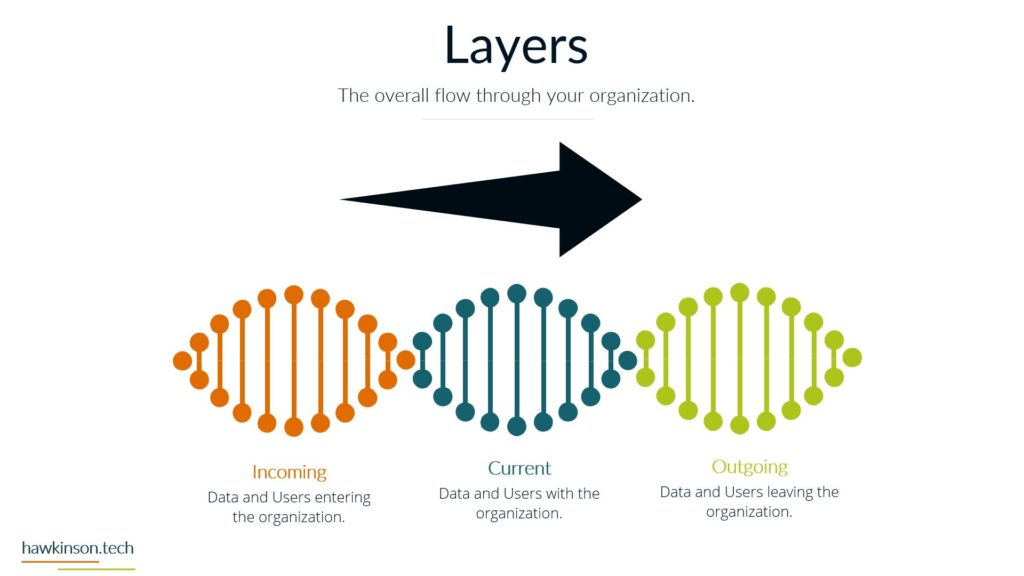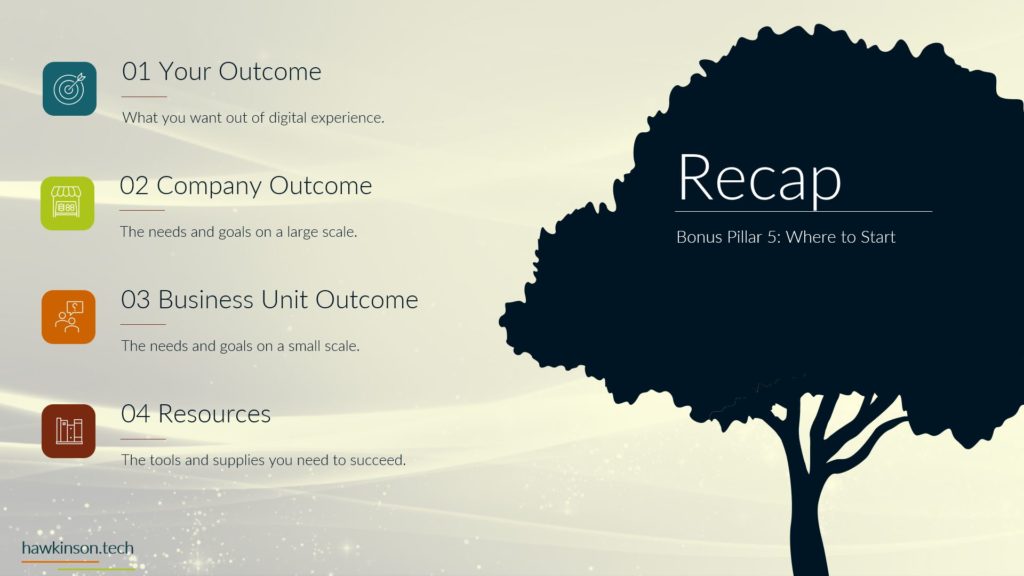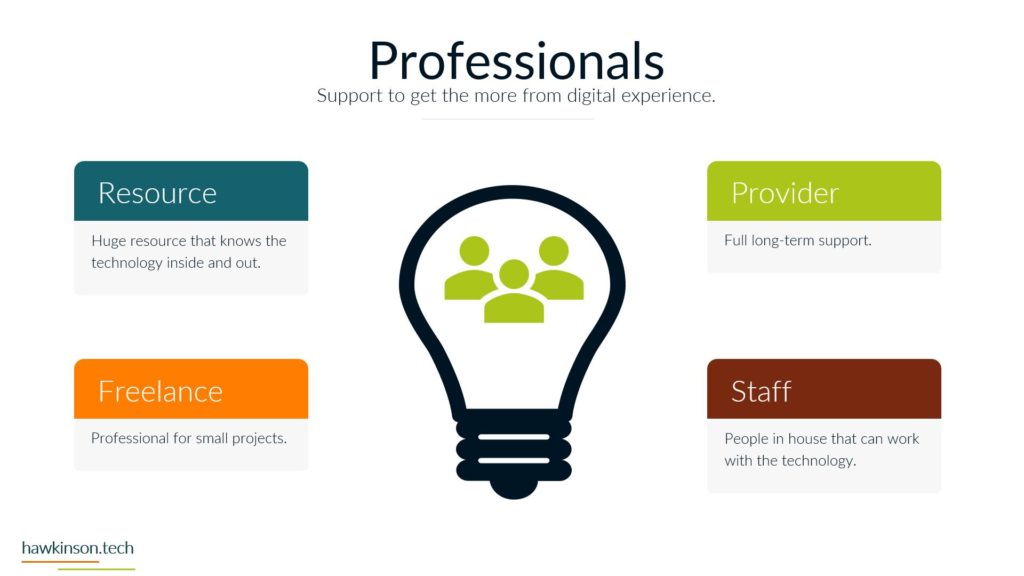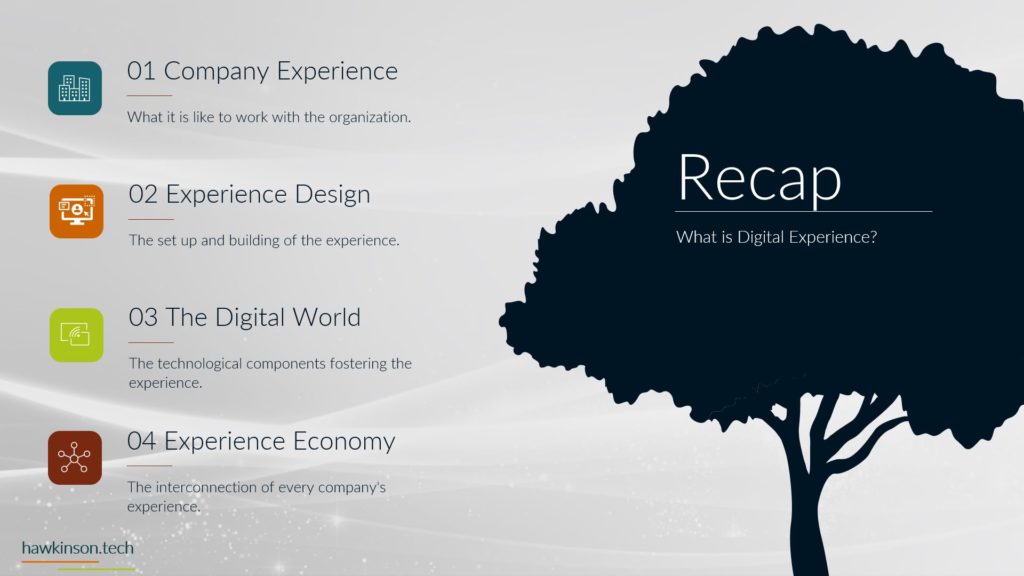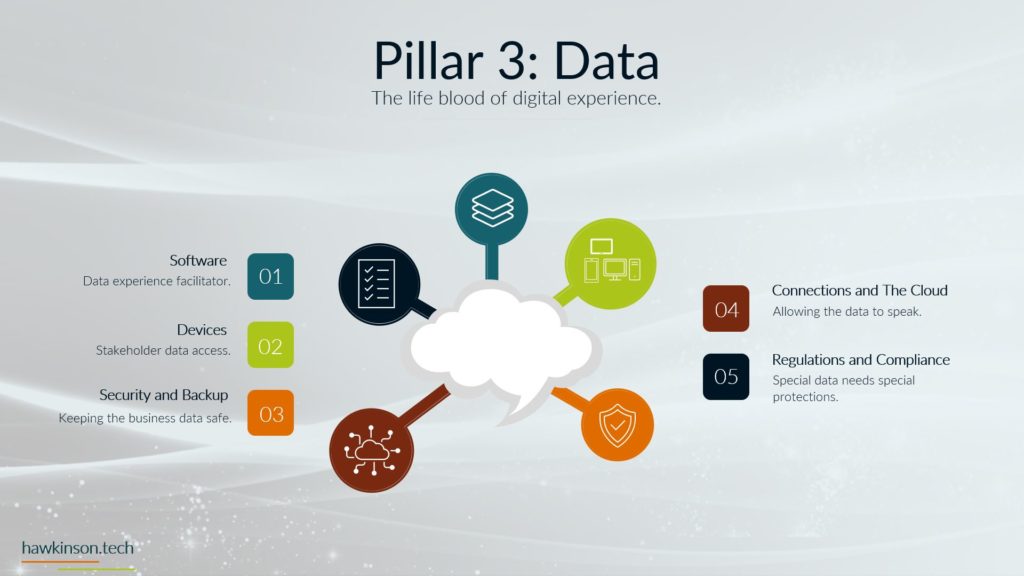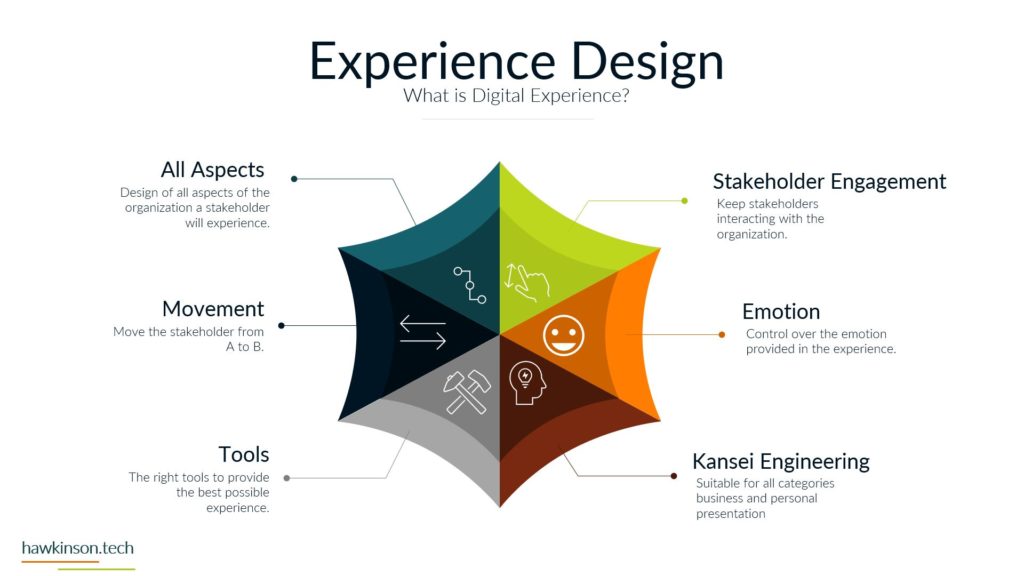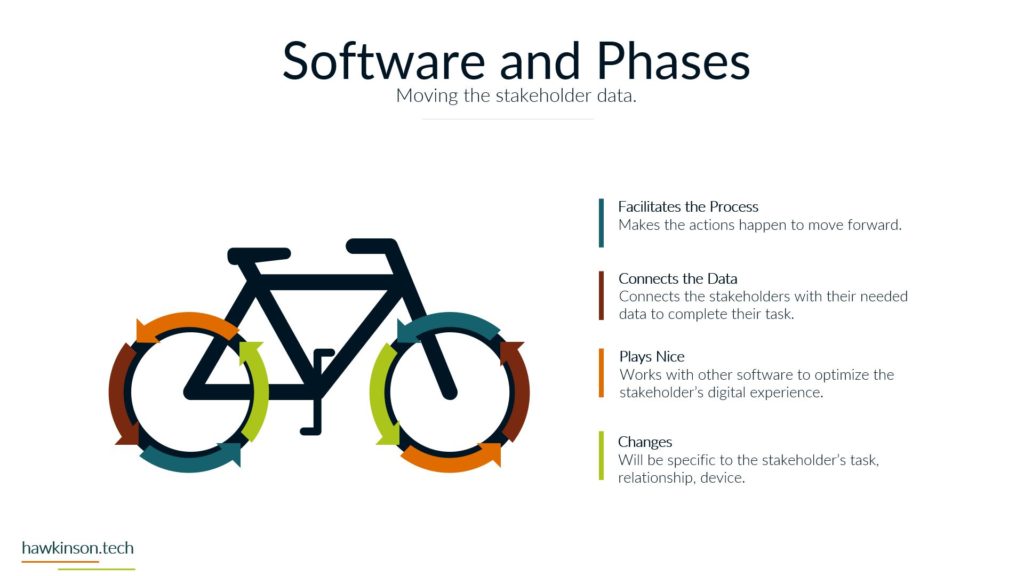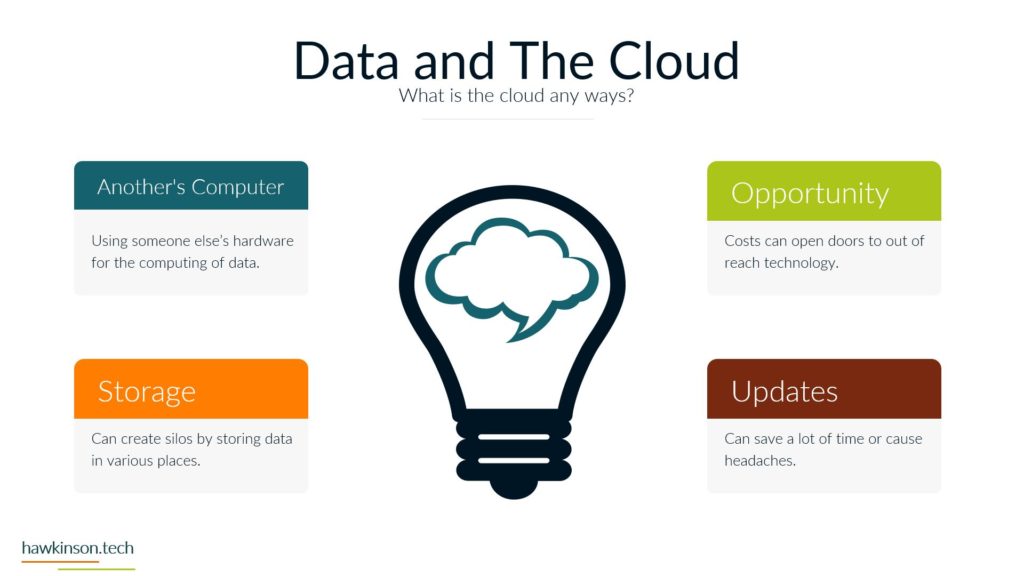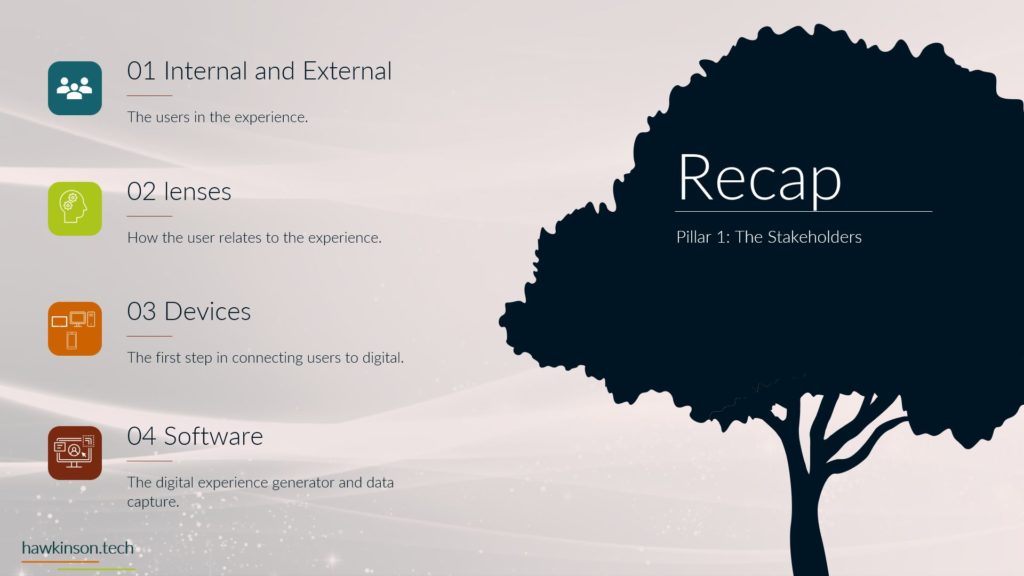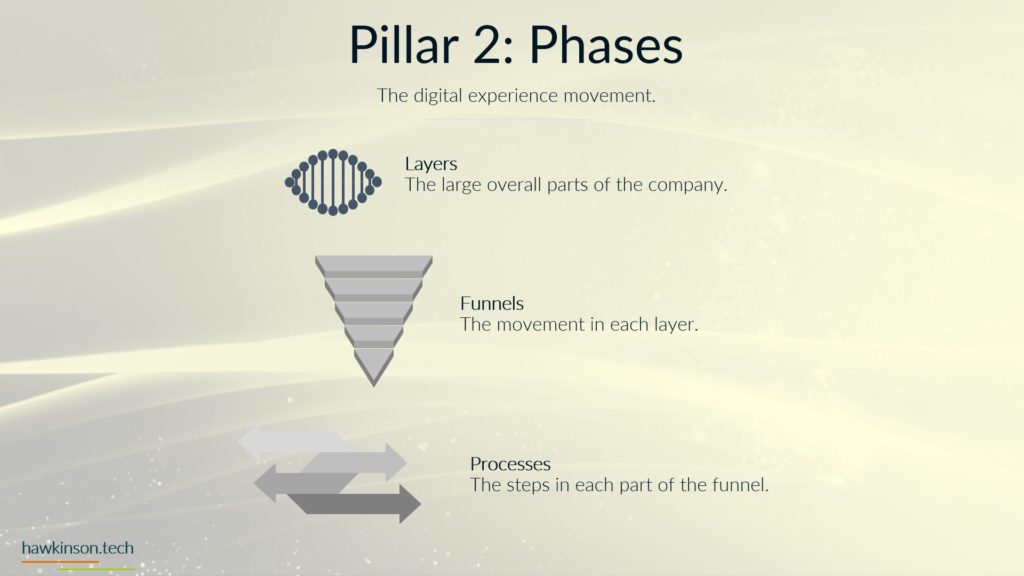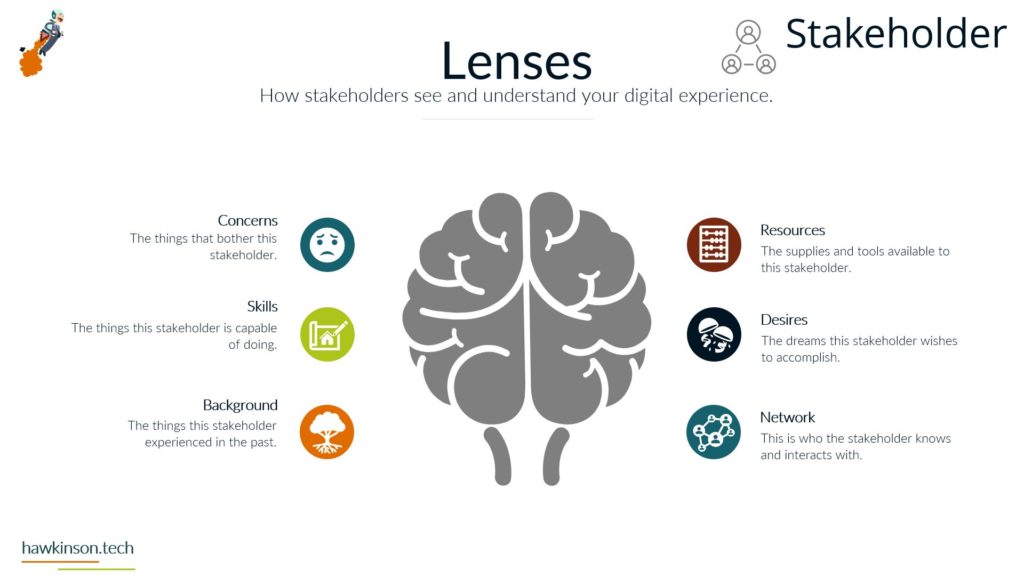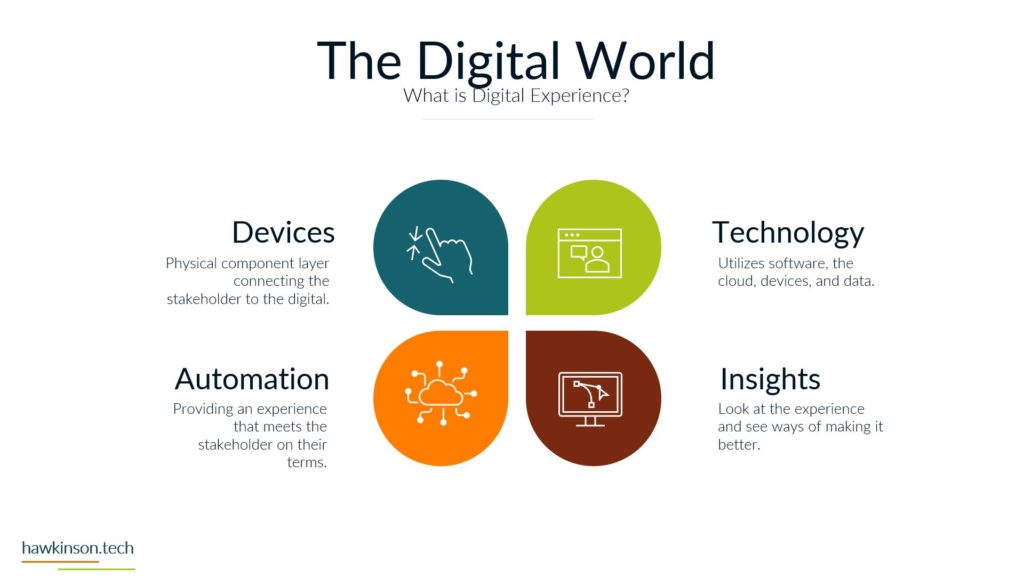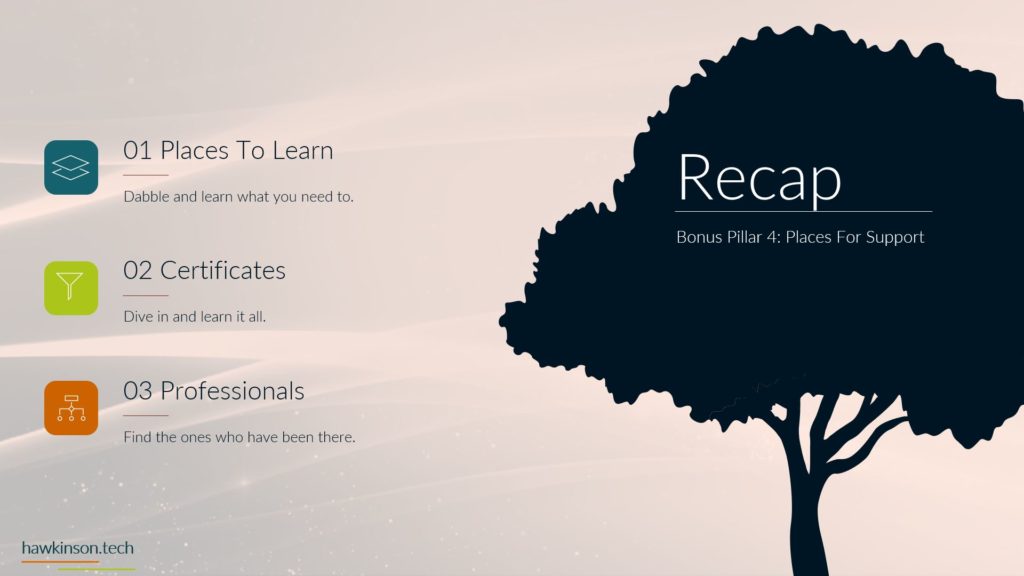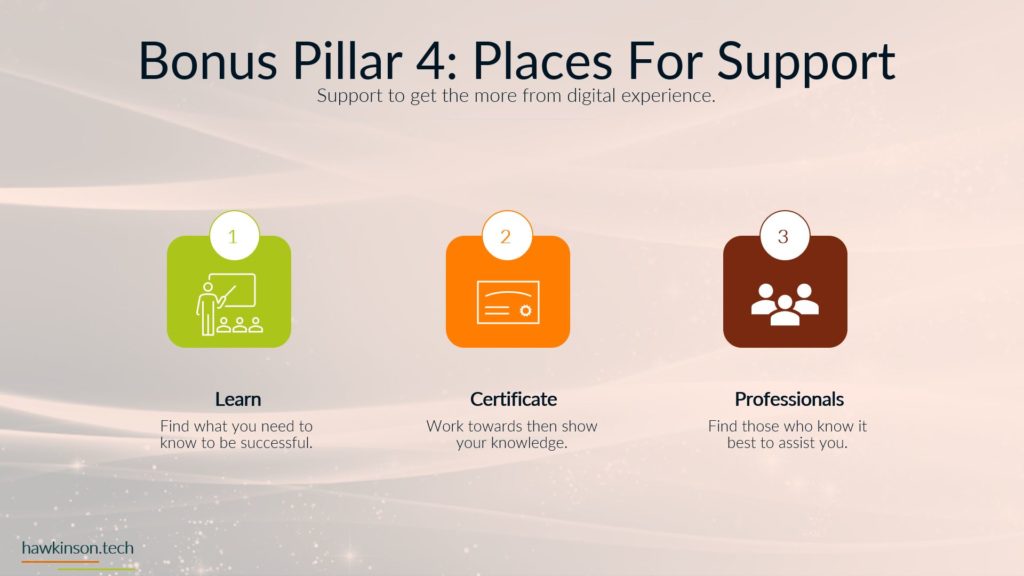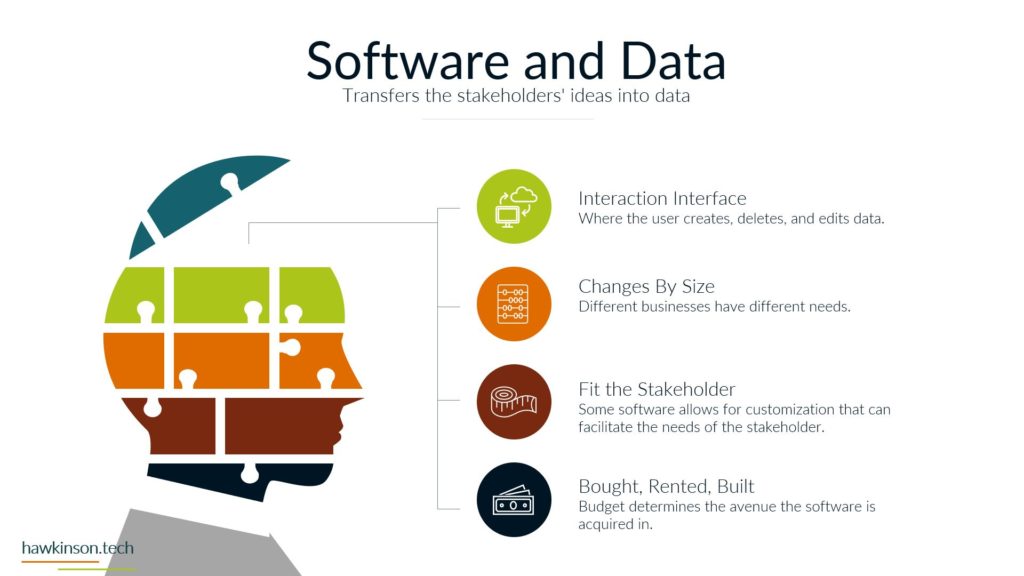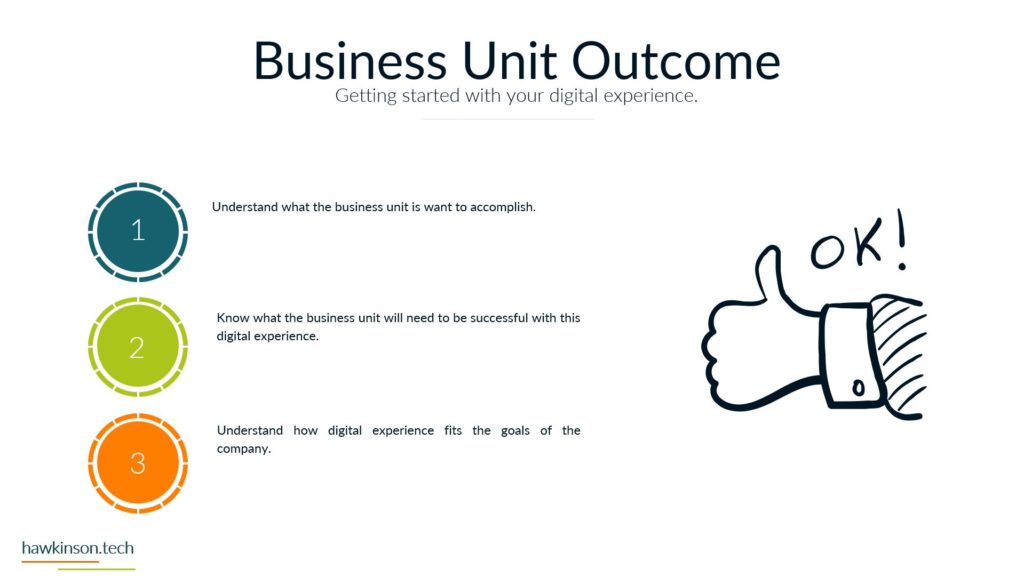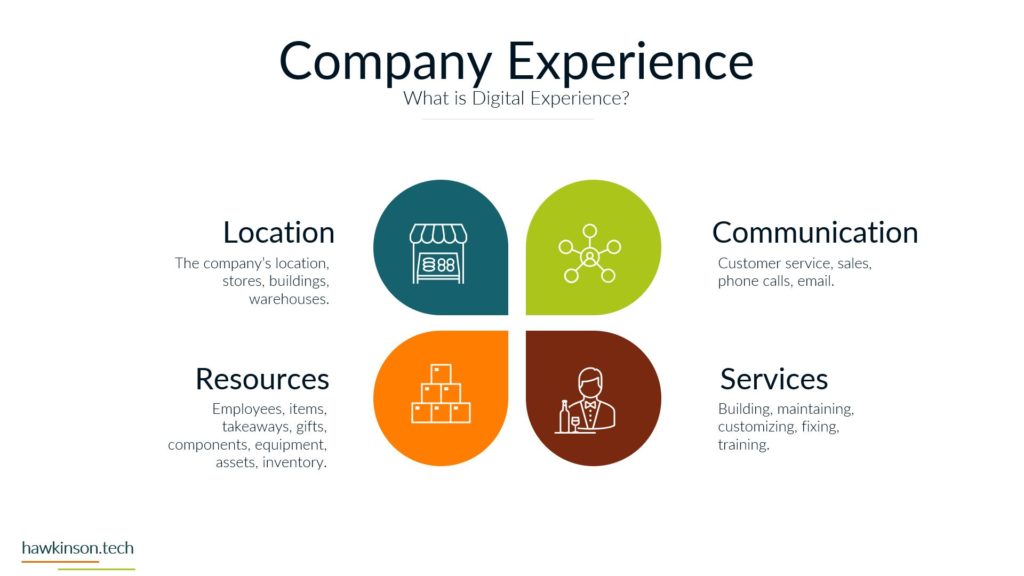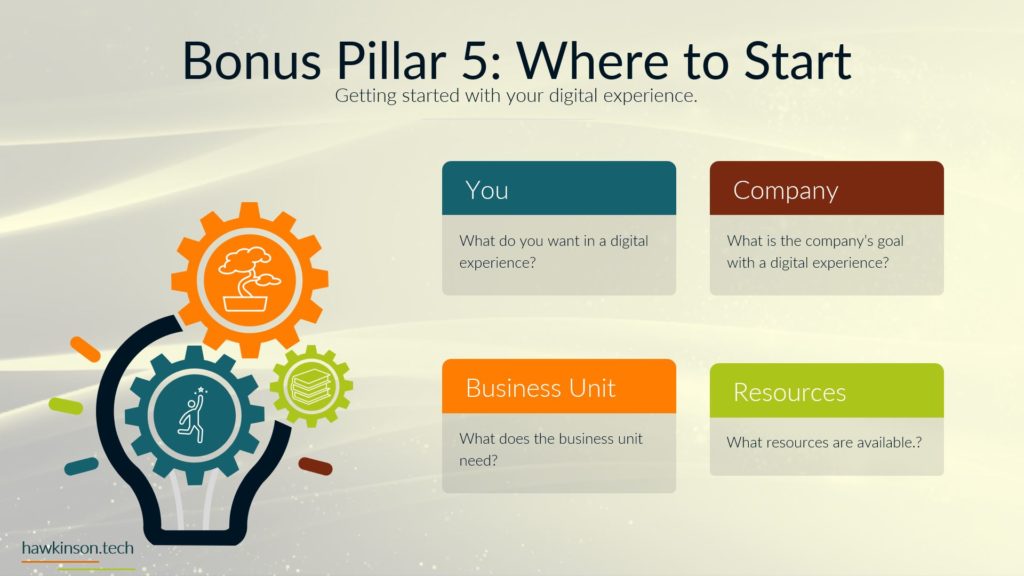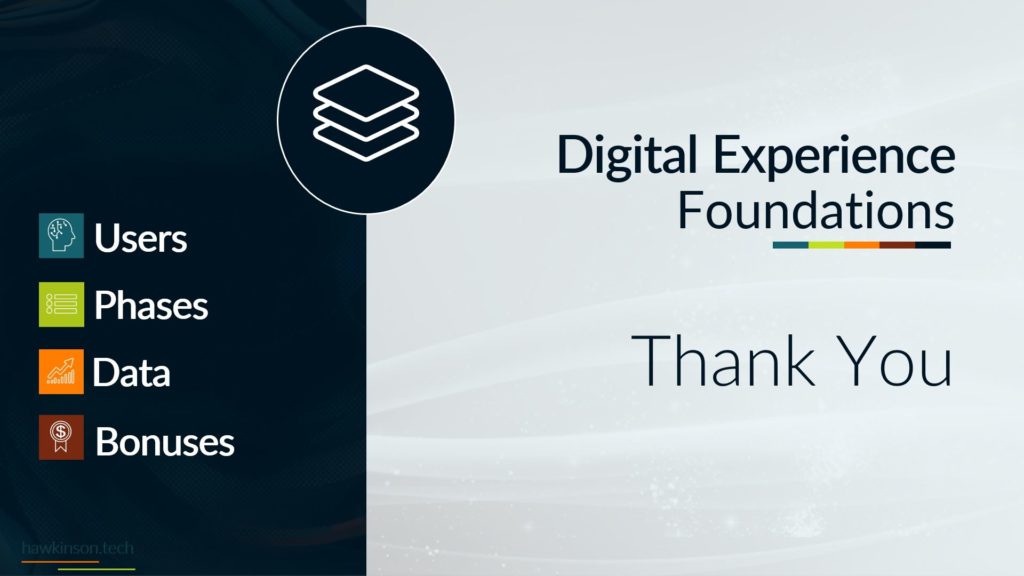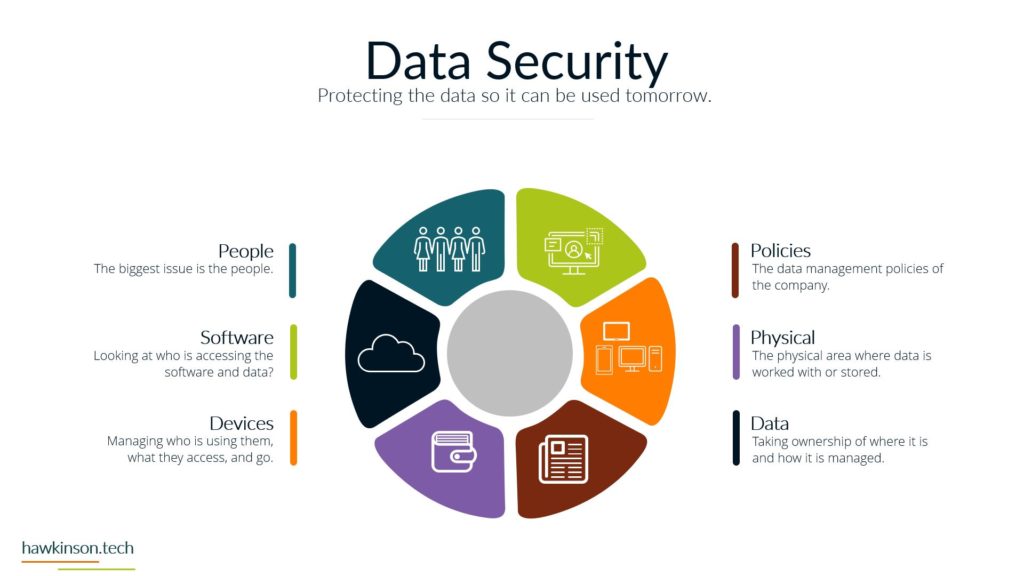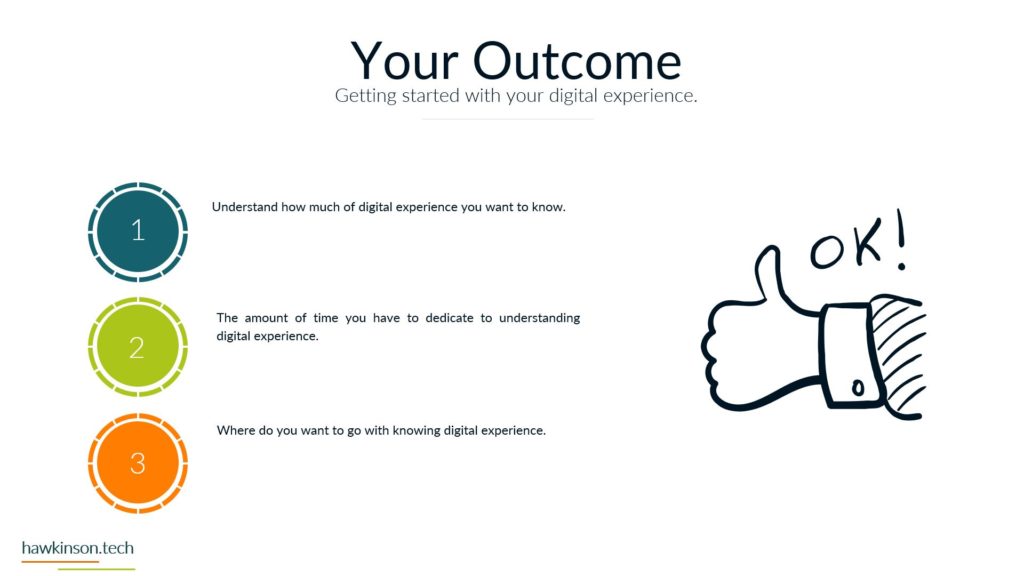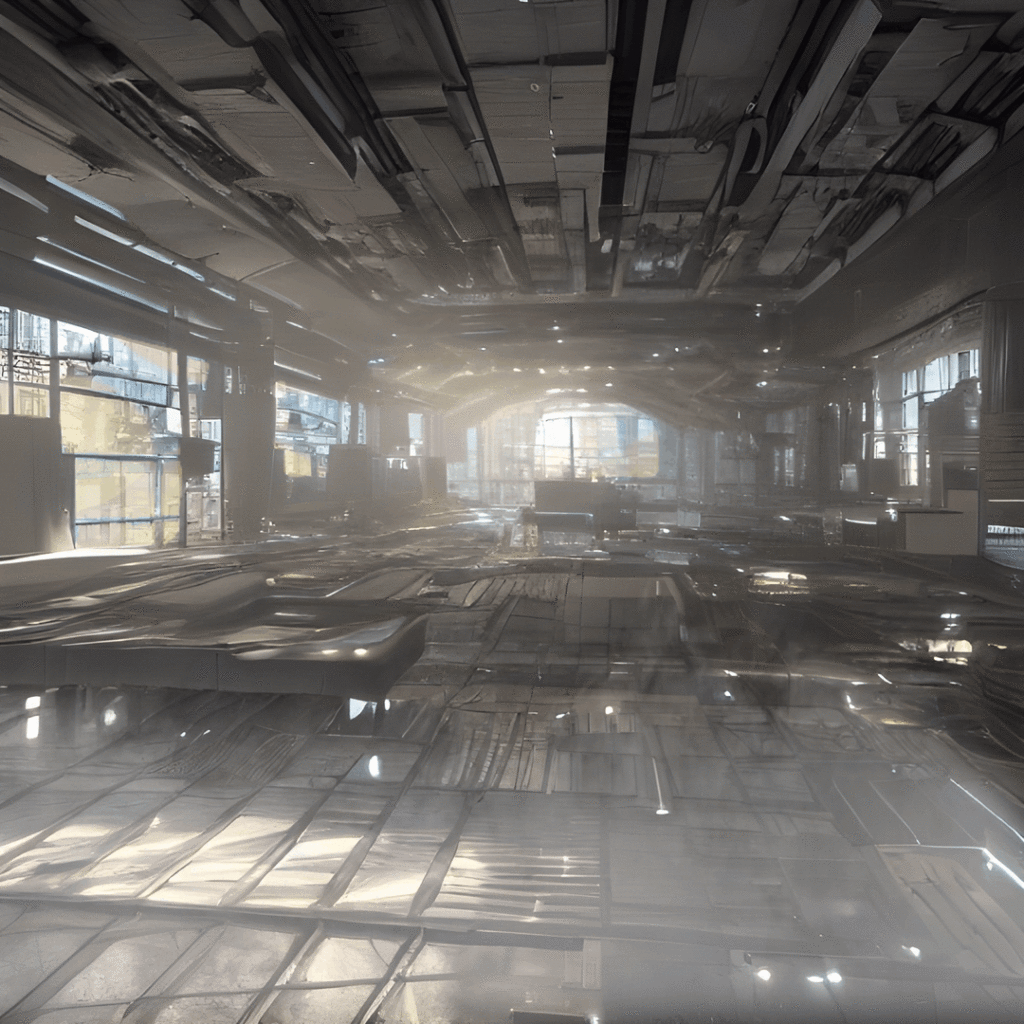In this section, we learn about the various connections data can make and how that impacts a digital experience.
Digital Experience | Pillar 3 Data | Lesson 5 Data Connections
Follow Me Elsewhere:
Play Video
Play Video
So now let’s look at data and what it means for data connections. So the first one we’re going to talk about is really just the software. So in this case, it’s understanding that different softwares can be interconnected in various ways. In some cases, some software does come already connected. This is where we have things like APIs and API meshes that allow us to. Take different systems and integrate them together. It can actually be a lot more complex than what you would think. There’s things like having the data move in multiple directions. So if we had a finance app and we had a CRM app, then to what degree is information flowing from the CRM into the Finance app and to what degree is information flowing out of the finance app and back into the CRM, for example, the sales Rep places in order that we might want to track the total sales. Out on that order and track that back into the finance app. If there’s any type of refunds or maybe issuing of invoices from the finance app, maybe we want to port those back into the CRM app. So we need to build out the logic for connecting all of those. That means basically doing what we can to get those two communicating with each other and then understanding what different entities or tables or data we would need to make that connection happen. There’s other things like. Applications like tray IO or Zapier or power automate that can also help some of these apps connect if they don’t already natively connect. Getting software to connect can also mean hiring developers nowadays because of different things like APIs. There are ways that we can have developers write software that will allow that software to connect and communicate with each other. That can save us a lot of time and being able to foster a digital experience where users are having to go back and forth. Where there’s more immediate response into other applications. For example, connecting a CRM into a finance app allows for somebody in finances to get almost real time updates into the finances of the organization. They can see things like inventory or current sales and be able to use that to strategize on different things within the business. Data connections can also mean business silos. So as we were just talking about what the sales app and the finance, those are two different. Business units. There would likely be business processes in place that would eventually get them to communicate, but by having the data connections we can make that happen a lot quicker. In addition, by connecting data and sharing the same story, we can also remove data silos from people that might be working on similar things or people that need data for similar initiatives. For example, there might be people in sales leadership that are needing to put together some sort of strategy or take steps towards a strategy. And are wondering how their KPIs are doing or how they’re actually moving towards that by having the data there then they can get an idea with that. But The thing is, is what they’re trying to do might also be what somebody in marketing is trying to do. And in a lot of cases those different groups might not actually communicate as strongly as you would think. But I allowing them to communicate and connect via data and allowing that connection to exist, then we can give them one set to reduce that sets of. Miscommunication essentially and make it so it’s easier for different business units to work together and see what’s going on in different units and how they’re impacting each other. So with that, we need to consider data connection to have the needs of the different stakeholders. You know, what does one stakeholder need to see and when. For example, if somebody is placing orders and they’re not able to see how inventory is changing, then that’s going to cause a disruption in their sales form. They might need to. Reach out to somebody here in warehousing or inventory situation in order to get information on if they can fulfill a sales order at the time that their client would want to. But if we set up the data connection and it’s in real time compared to what’s actually stored in the warehouse, then the sales user would be able to see in almost real time what they can do and how they can fulfill their orders. And in fact there are some apps that do this that make that type of connection possible and even let sales reps. Based on all kinds of factors of what’s going on in the business, at what time they would be able to fulfill a different order. And then there’s also security when we’re looking at different connections. So we want to make sure that the connections themselves are secure. So we want to look at how the data is being routed. We want to know if there’s different ways that that data could be compromised. See, The thing is, as some applications that would be moving data from one place to the other, you’re using a third party app. Could store data on unsecured servers, let’s say. And if somebody were to go in and hack those servers, then subsequently they would have access into your data. And because of the other connections involved, they might be able to use that to dive a lot deeper into your data or even take over and do malicious things to the company. But if we’re able to secure it and make sure that it’s well protected and make sure that the people that have access to who needs to have access, have access. Then we can secure that a bit better and regulate what’s going on within the connection. And that way too, we can also make sure that people who shouldn’t have access don’t have access. That’s the other thing is sometimes users might be able to go in and send up a connection into a system, and by building out that connection, they might be able to pull out data that the company may not want them to have access to. But if we can secure that data, then we can make it so with that connection. Has put in place that users are still only seeing the data that they need to and at the end of the day, protecting the organization. So now we’re going to move to the next section where we’ll talk about data and what it means for data to be stored in the cloud.
Related Content
More Content
Gain insights into the pivotal role of stakeholder perspectives in shaping digital experiences. Understand the significance of stakeholders’ concerns, skills, backgrounds, resources, desires, and networks in designing effective digital interactions. Tailoring digital experiences to align with
Discover five free tools that will take your email marketing campaigns to the next level. From AI-powered personalization to deliverability tools, these platforms offer features to optimize your email content, improve deliverability, and increase engagement. Whether
Email marketing is one of the most effective digital tools. Here are a few essential features to look for when choosing email marketing software.
If you want to take full advantage of SEO, you must learn and use keywords effectively. Here are 4 types of keywords you should know and use.
Landing Page Builder is a powerful drag-and-drop web page creator designed to help website owners quickly create attractive and effective landing pages for their online businesses. It provides users an easy-to-use interface to construct compelling visuals,
Experience design is a powerful process that involves configuring organizational components to achieve desired outcomes. This blog post explores the key aspects of experience design and its significance in creating exceptional company experiences. It covers tailoring
Want to know more about email marketing? Discover how combining the power of email marketing with Wix can supercharge your marketing efforts.
Understand the importance of user profiles in software applications and how they enhance personalization and user experience. Learn about the features and benefits of user profile form builders, enabling businesses to collect and manage user data
In today’s digital landscape, organizations must prioritize building exceptional experiences to compete and thrive. This article explores the concept of the experience economy, highlighting the importance of competing on experience and charging for experiences. It emphasizes
